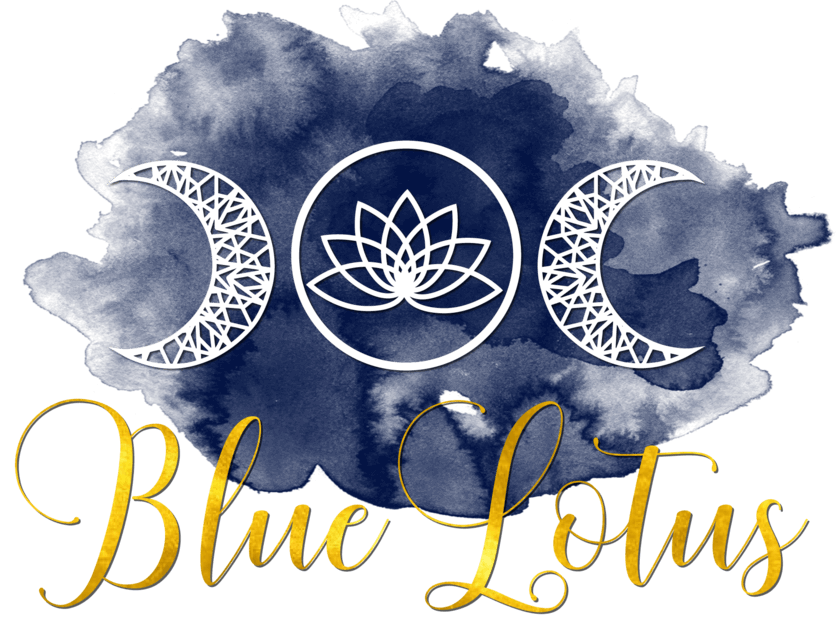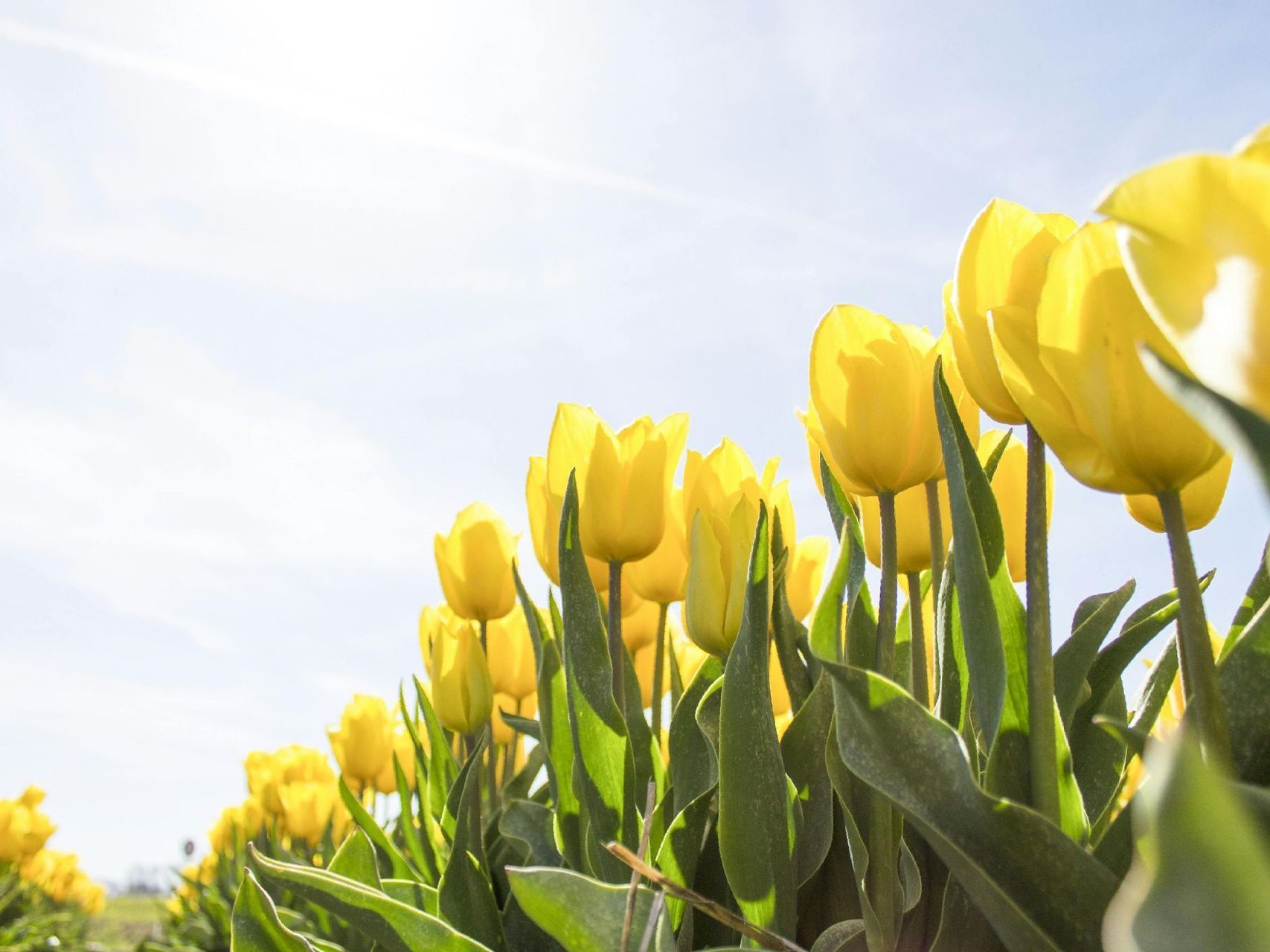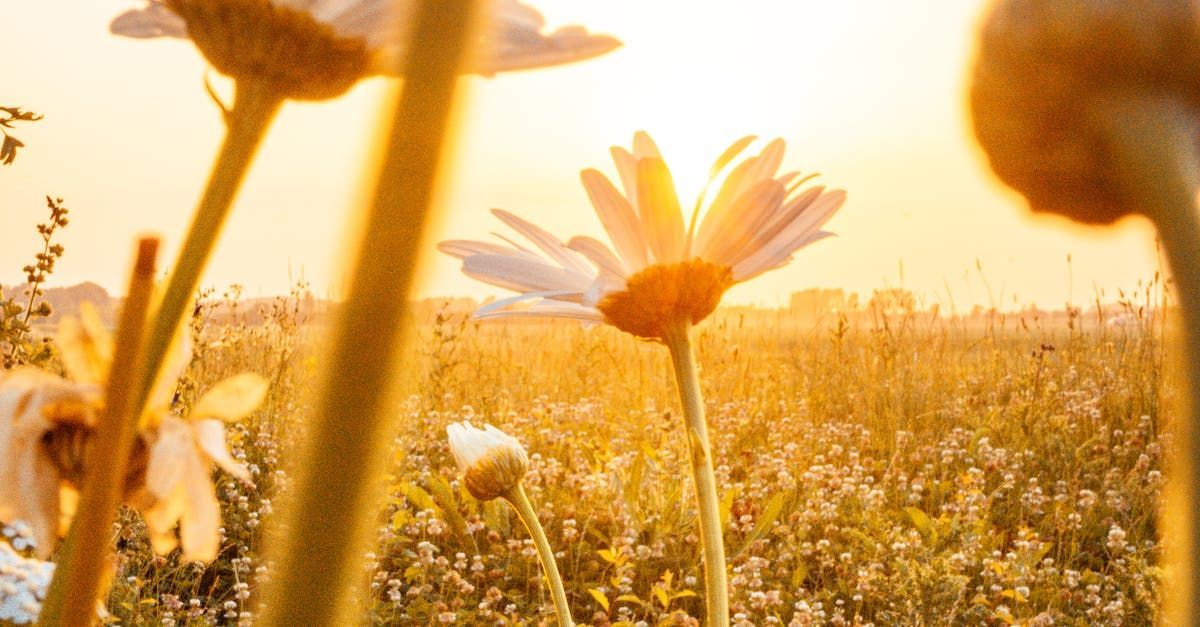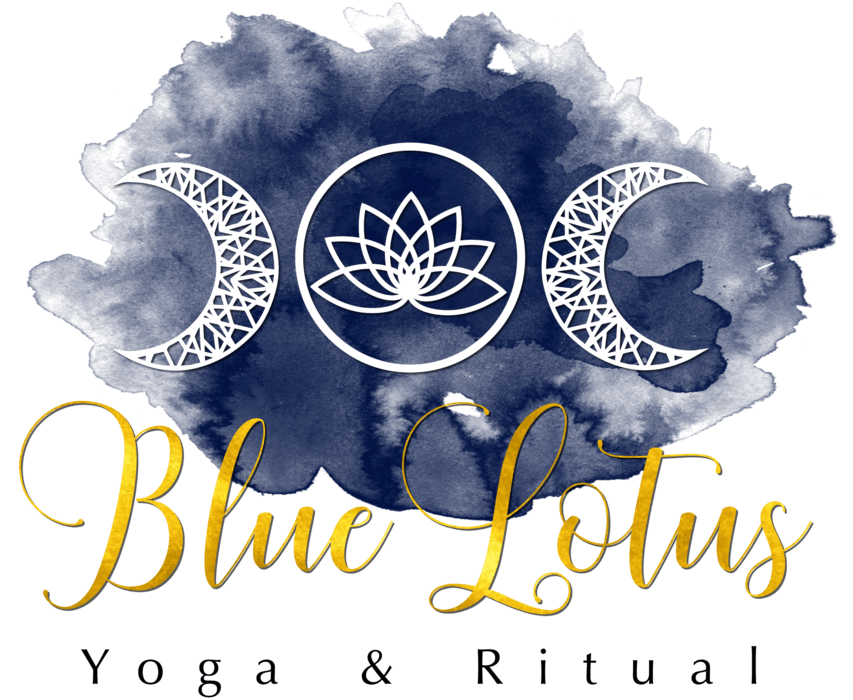
Crafting Your Home Sanctuary for Yoga
5 Budget Friendly Tips
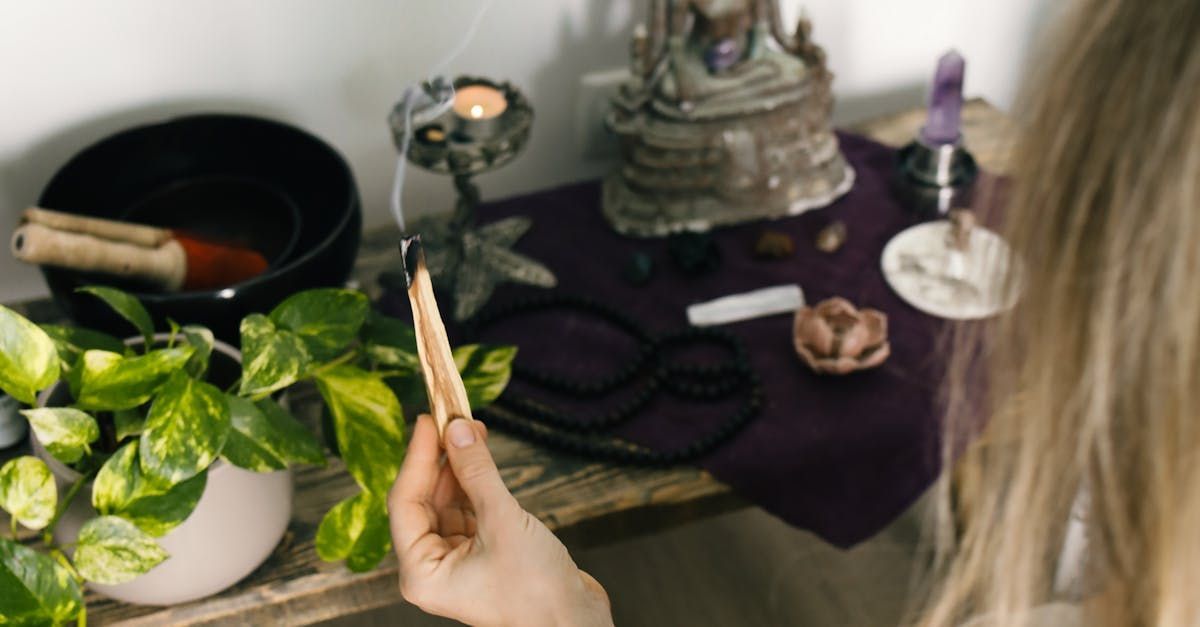
There’s something truly magical about the serene ambiance of a yoga studio—the soft lighting, the calming colours, and the absence of clutter create the perfect environment for spiritual practice. But what if you could recreate that tranquil atmosphere within the comfort of your own home? With a few simple tips and tricks, you can transform any space into a sacred sanctuary for yoga and meditation without breaking the bank. Here are five budget-friendly ways to create your own yoga oasis at home:
-
De-clutter : The first step to creating a peaceful sanctuary is to clear out the clutter. Remove any unnecessary items from the room and only keep things that serve a functional or aesthetic purpose. This will help create a sense of spaciousness and calm. Consider investing in storage solutions like baskets or shelves to keep your yoga props organized and out of sight when not in use.
-
Choose calm colors : The colors you choose for your yoga space can have a big impact on the overall mood and energy of the room. Opt for soft, muted tones like pale blues, greens, or earthy neutrals that promote a sense of tranquility and relaxation. Using non-toxic paint is not only better for your health but also aligns with the holistic principles of yoga.
-
Set the mood with lighting : Lighting is key to creating the right ambiance for your yoga practice. Install dimmer switches on overhead lights to adjust the brightness according to your needs, and incorporate lamps with soft, warm bulbs for a cozy glow. Lightweight curtains made from natural materials like cotton can help diffuse harsh sunlight and create a more serene atmosphere.
-
Accessorize with intention : Enhance the sensory experience of your yoga sanctuary by incorporating accessories that appeal to your senses. Light scented candles or burn incense to create a soothing aroma, and consider adding a small altar or shrine where you can display meaningful objects like crystals, flowers, or statues that symbolize your intentions and aspirations.
-
Hunt for treasures : You don’t need to spend a fortune to find beautiful decor for your yoga space. Explore local flea markets, thrift stores, and salvage yards for unique treasures that speak to your soul. Look for vintage rugs, tapestries, or artwork that add character and charm to your sanctuary, and don’t be afraid to get creative with DIY projects to personalize your space even further.
Creating a home sanctuary for yoga is not just about creating a physical space—it’s about cultivating an environment that nourishes your mind, body, and spirit. By following these budget-friendly tips, you can design a sacred space where you can retreat from the chaos of the world and reconnect with yourself on a deeper level.
So roll out your mat, light a candle, and let the journey to inner peace begin right in the comfort of your own home.

